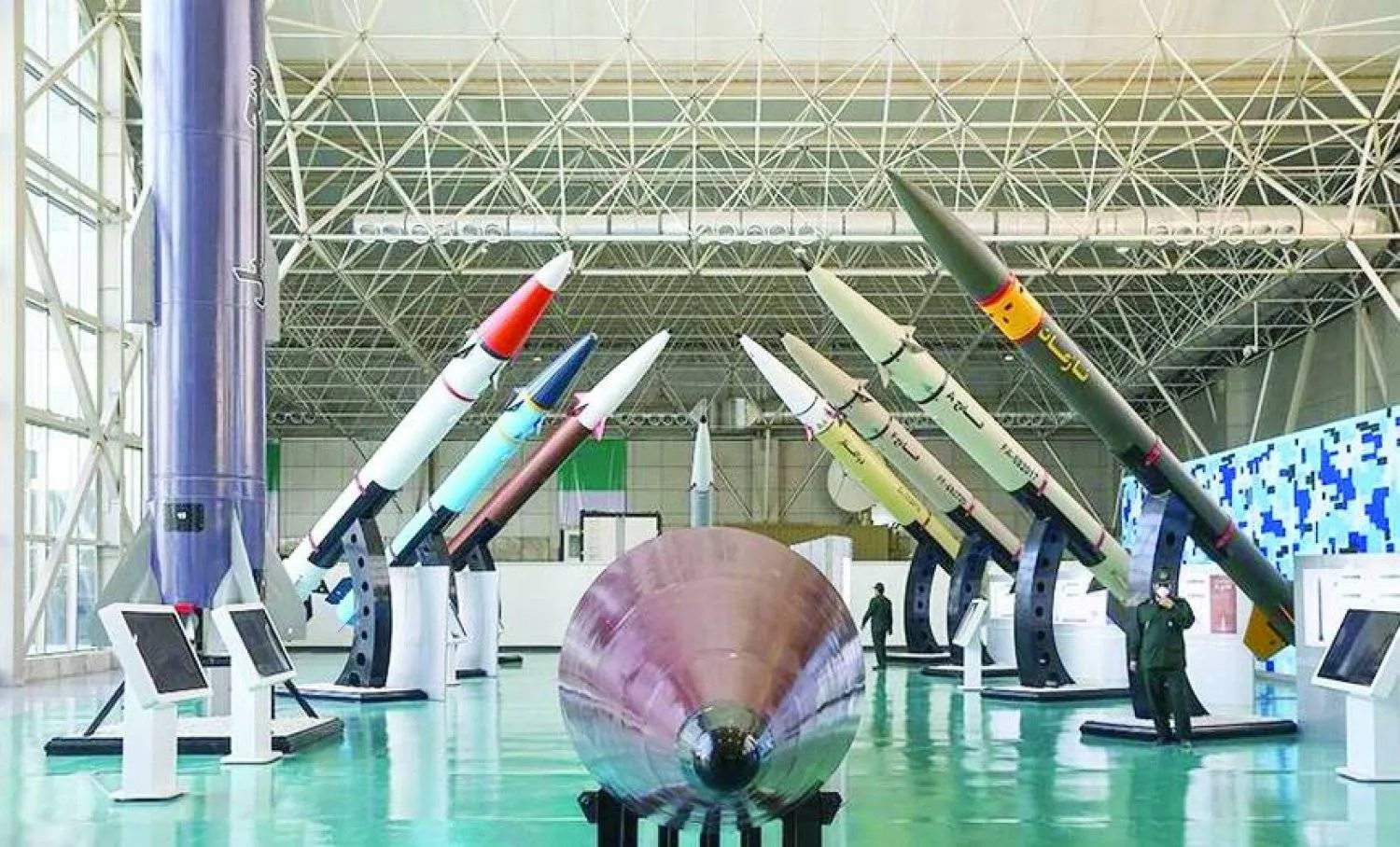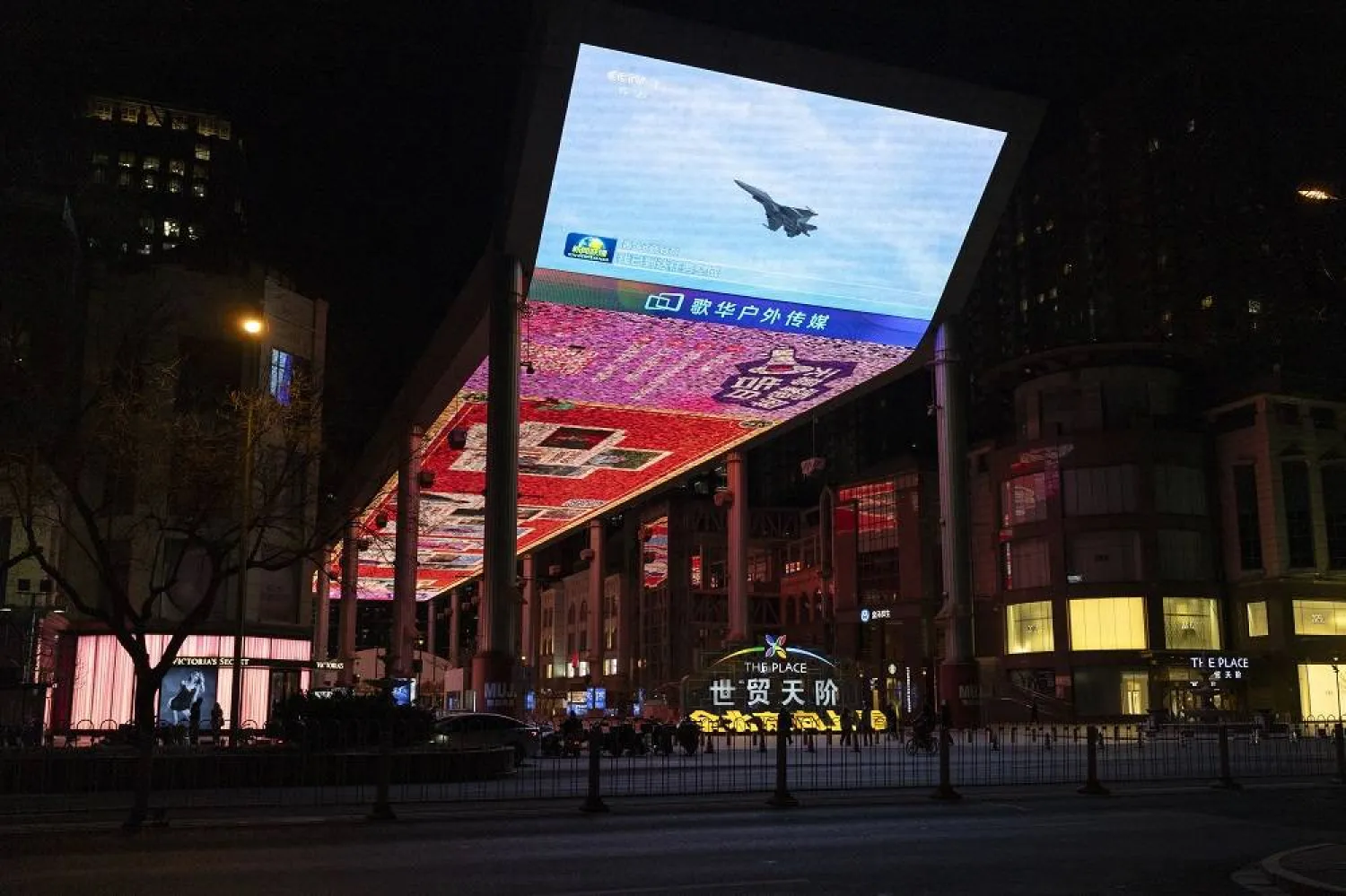As tensions rise between Iran and Israel following the killing of Iranian Revolutionary Guard leaders in Syria, a Tehran newspaper, “Hamshahri,” showcased nine Iranian ballistic missiles, claiming they could target Israel.
However, it’s unclear if they’re ready for deployment.
The newspaper’s report is part of a broader media push by the Revolutionary Guard, amid threats from Iranian officials of retaliating against Israel.
Hamshahri’s editorial team, now aligned with the hardline Revolutionary Guard, reflects a shift from its previous reformist stance.
Iranian authorities vow a response to Israel, though it’s uncertain if they’ll launch missiles from their territory.
Iran has previously attacked Syria, Iraq, and Pakistan with missiles and drones.
If Iran attacks Israel, it would be the first test of Israel’s defenses against Iran’s claimed “deterrent” ballistic missiles.
These missiles range from 1,400 km to 2,500 km. Some are in use, while others, like the supersonic “Fateh-2” showcased last November, are yet to be deployed.
It appears that the Fateh-2 missile is still in the production phase and hasn’t been tested yet. It might take years before it’s ready for mass production.
Iran hasn’t revealed the exact specifications of the Fateh-2 missile as of last November.
However, according to Hamshahri, it’s believed to have a range of up to 1,400 km.
In June, Iran’s Revolutionary Guard revealed the “Fateh-1” missile, reaching 1,400 km. It’s unclear if it’s been tested.
Hamshahri listed various missiles: Khormashahr 4 (2,000 km), Sejjil (2,500 km), Qasem Soleimani (1,400 km), Qadr (1,950 km), Emad (1,700 km), and Shahab 3 (2,000 km) fueled by liquid.
The Sejjil ballistic missile was first tested in 2008, reaching 2,000 km with a two-stage design and solid fuel.
Khormashahr and Qassem Soleimani missiles joined service last August. President Ebrahim Raisi ordered arming both units in the Guards and Army.
Iran unveiled the fourth-gen Khormashahr missile in 2016, tested in January 2017, drawing criticism for violating Resolution 2231.









